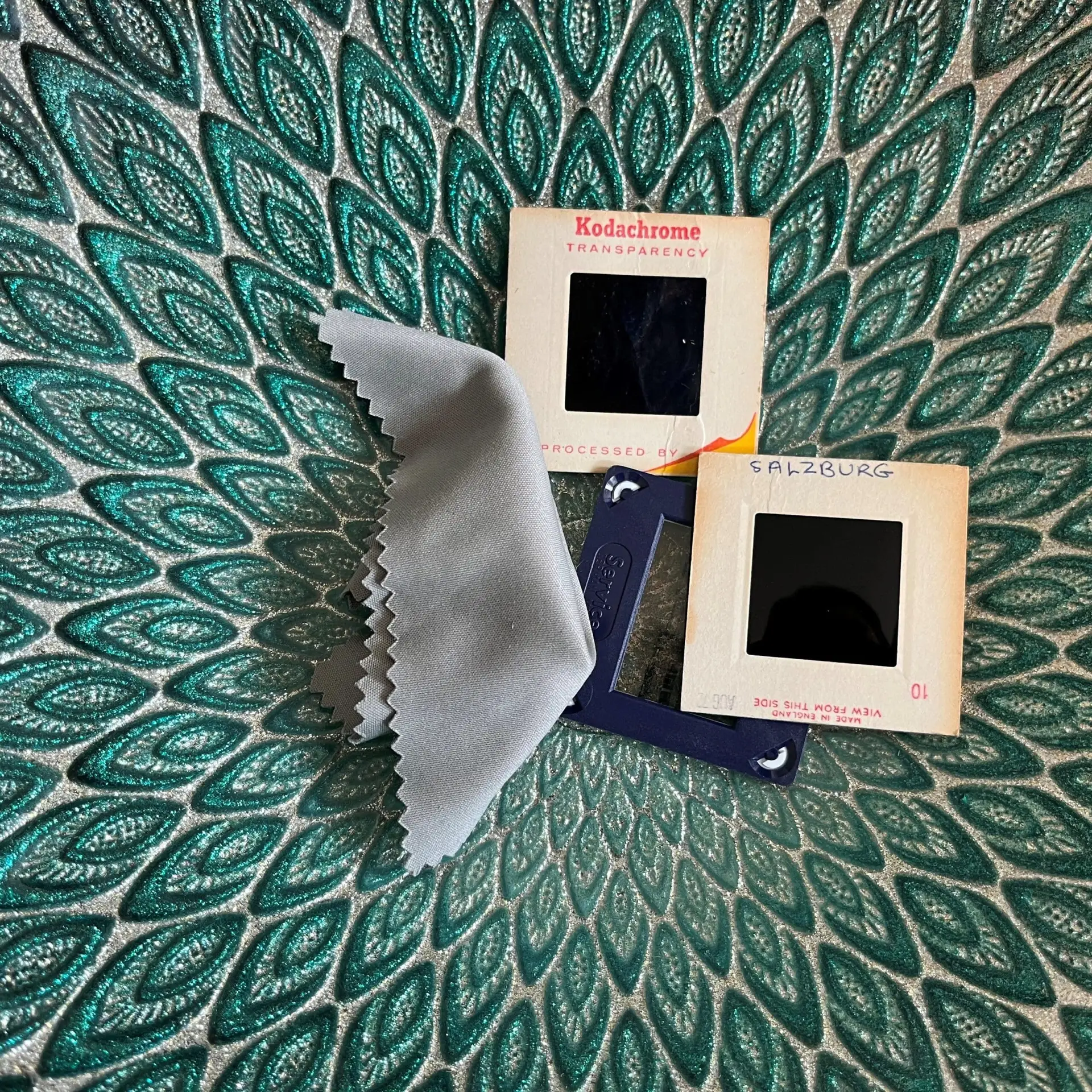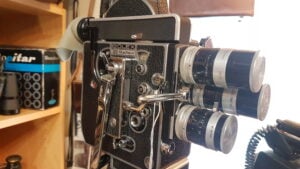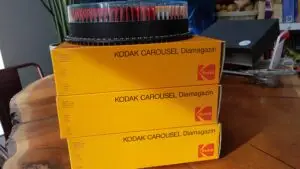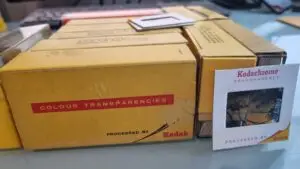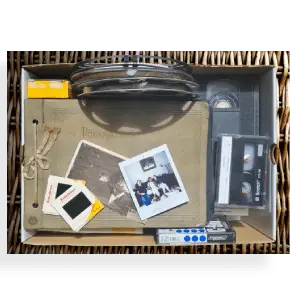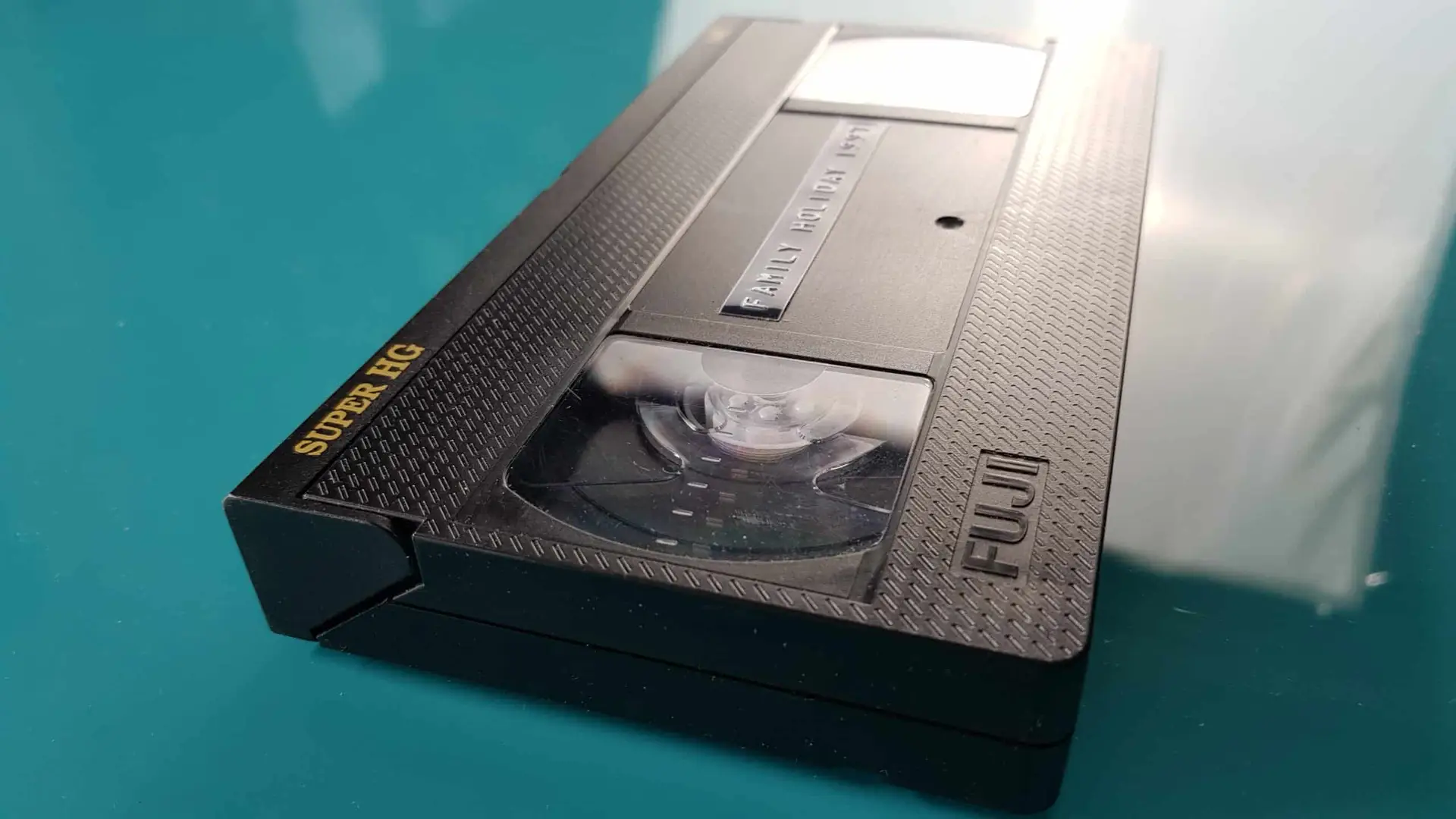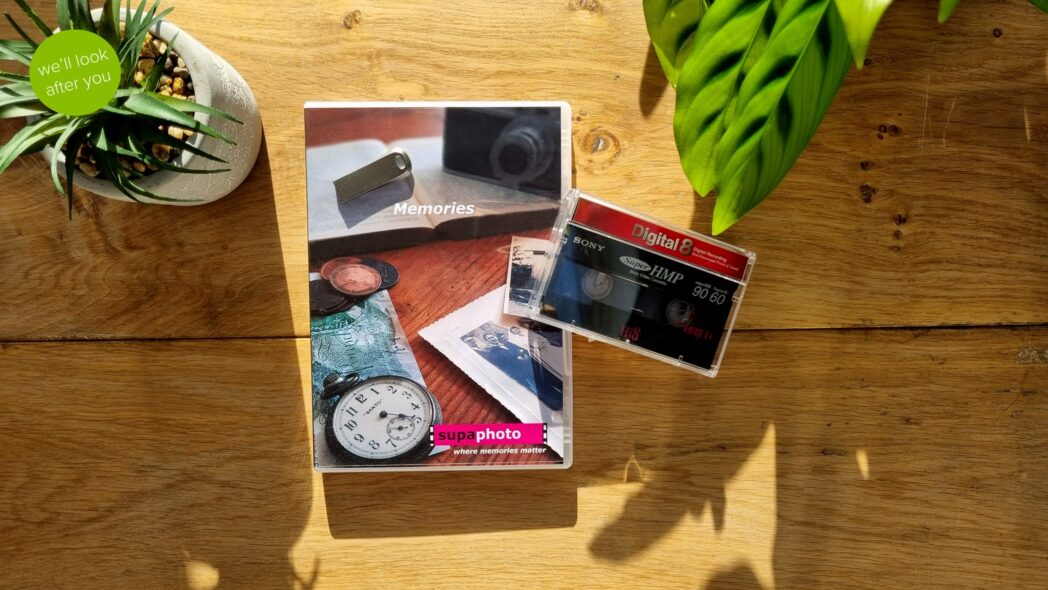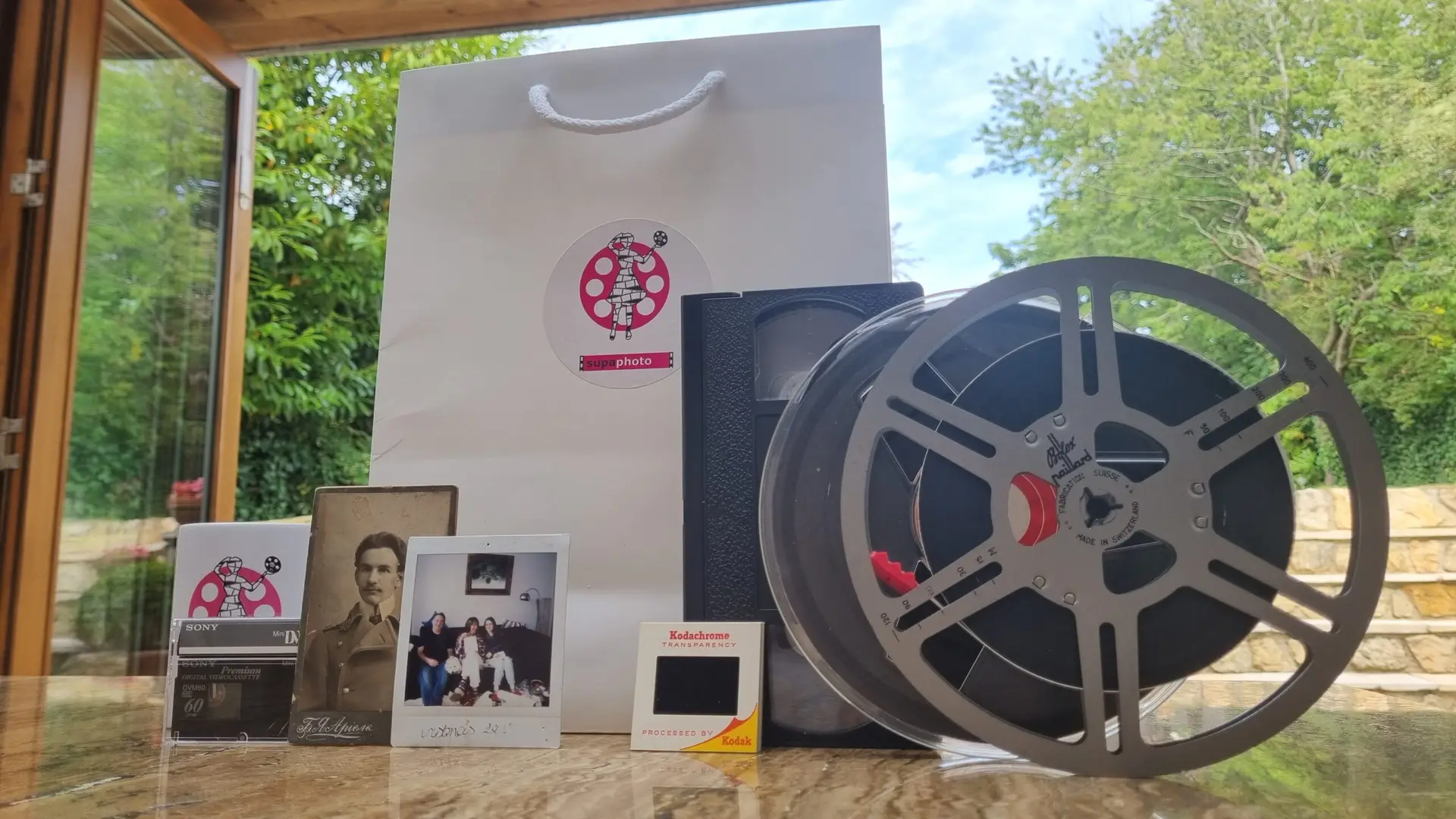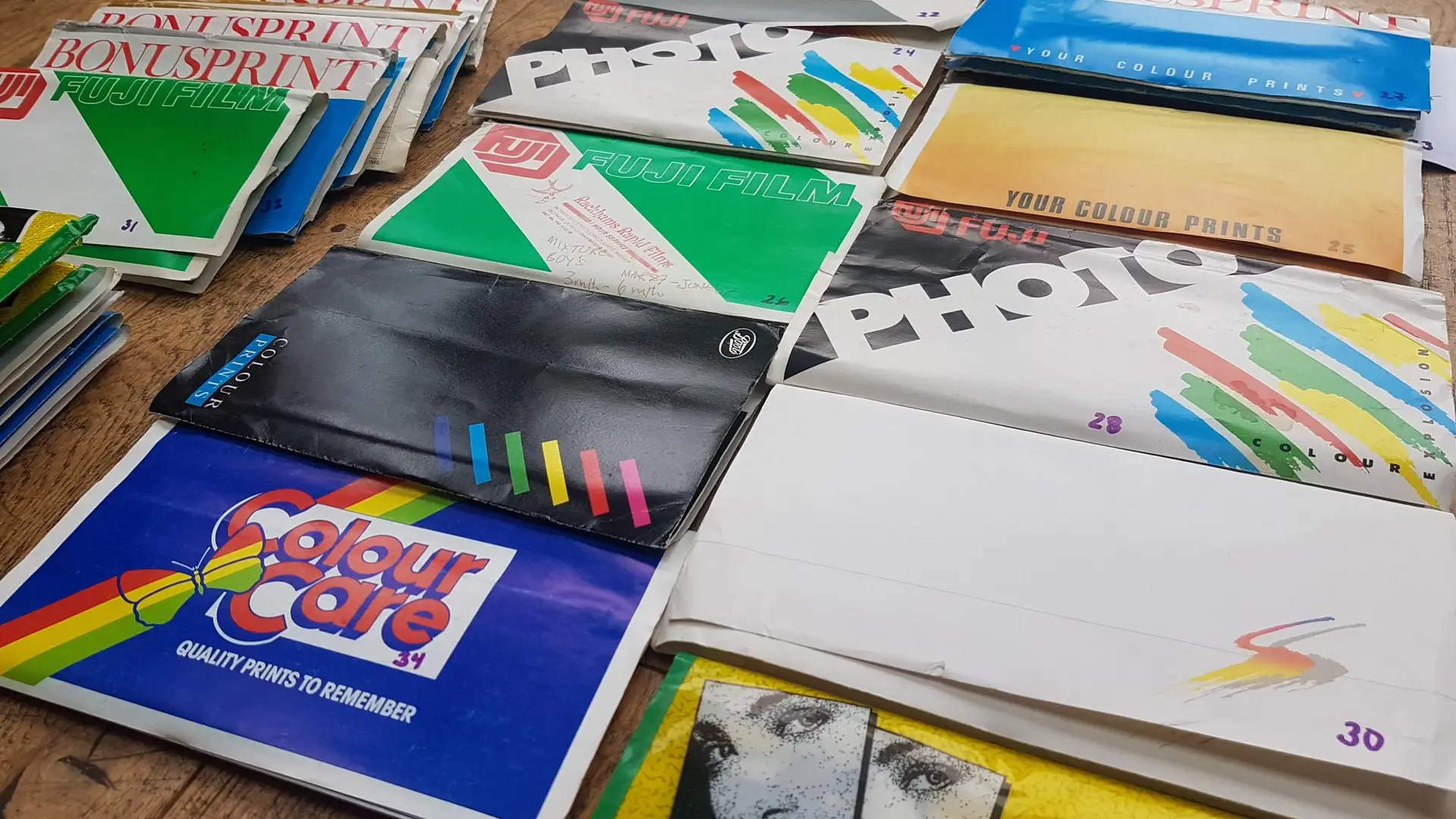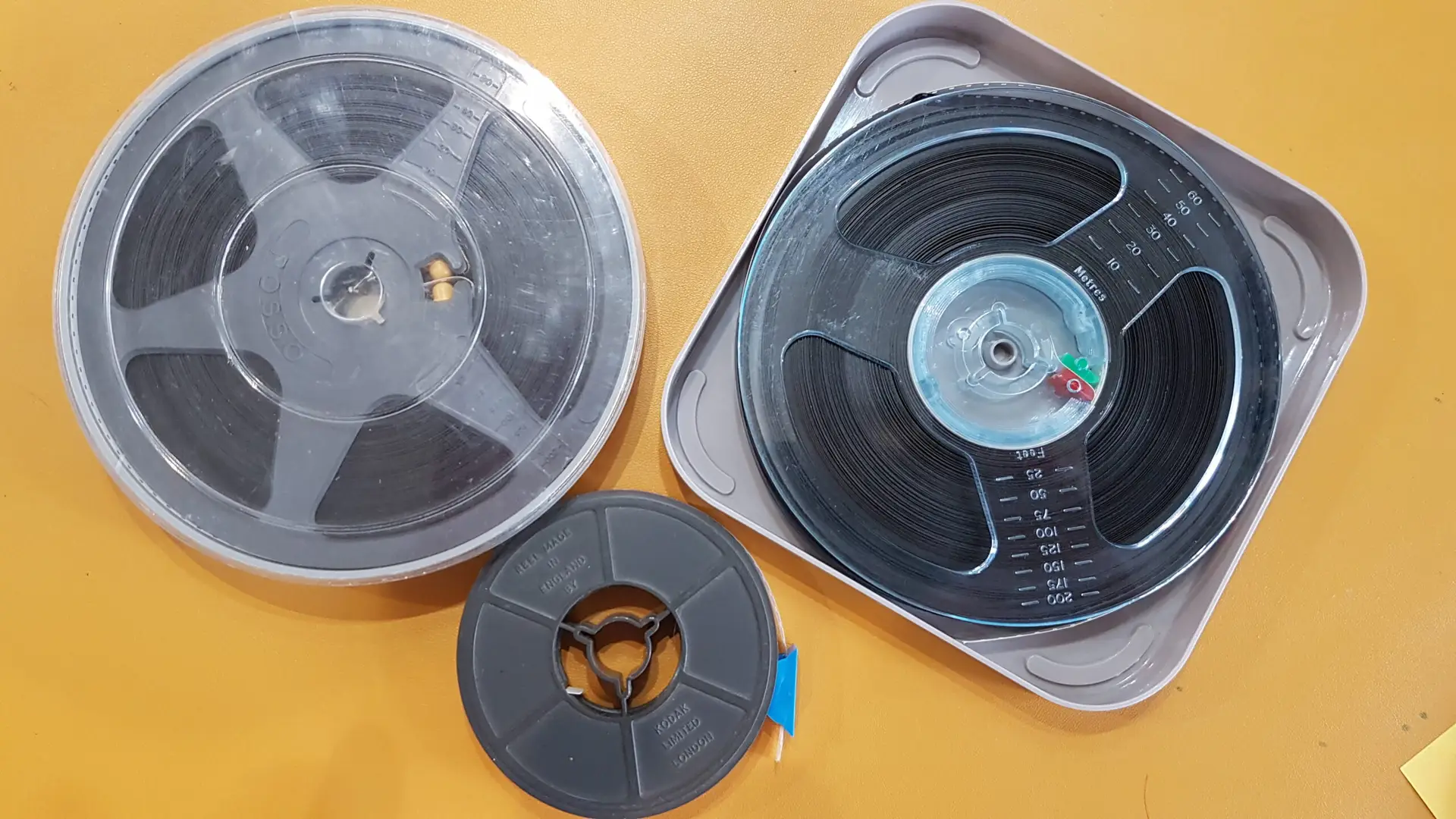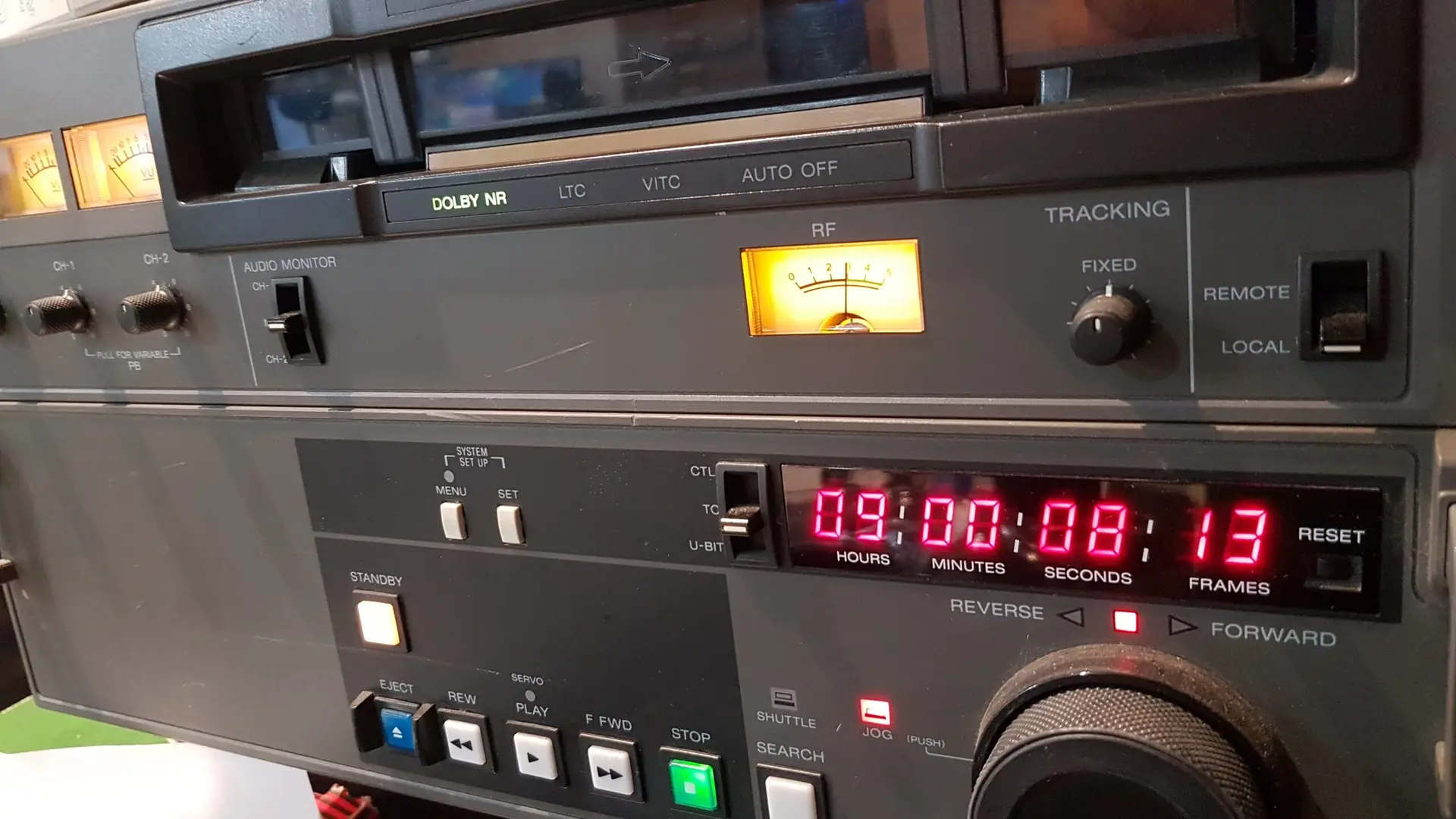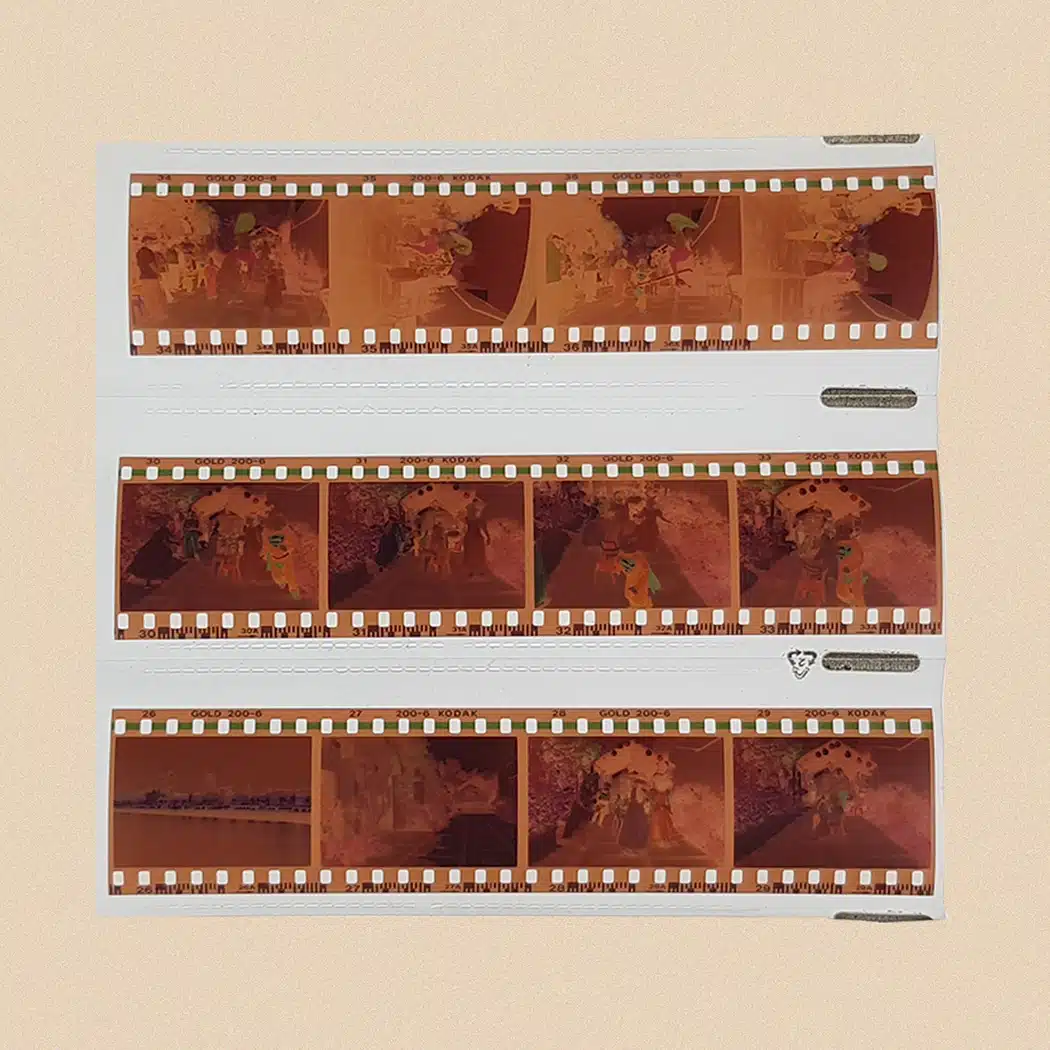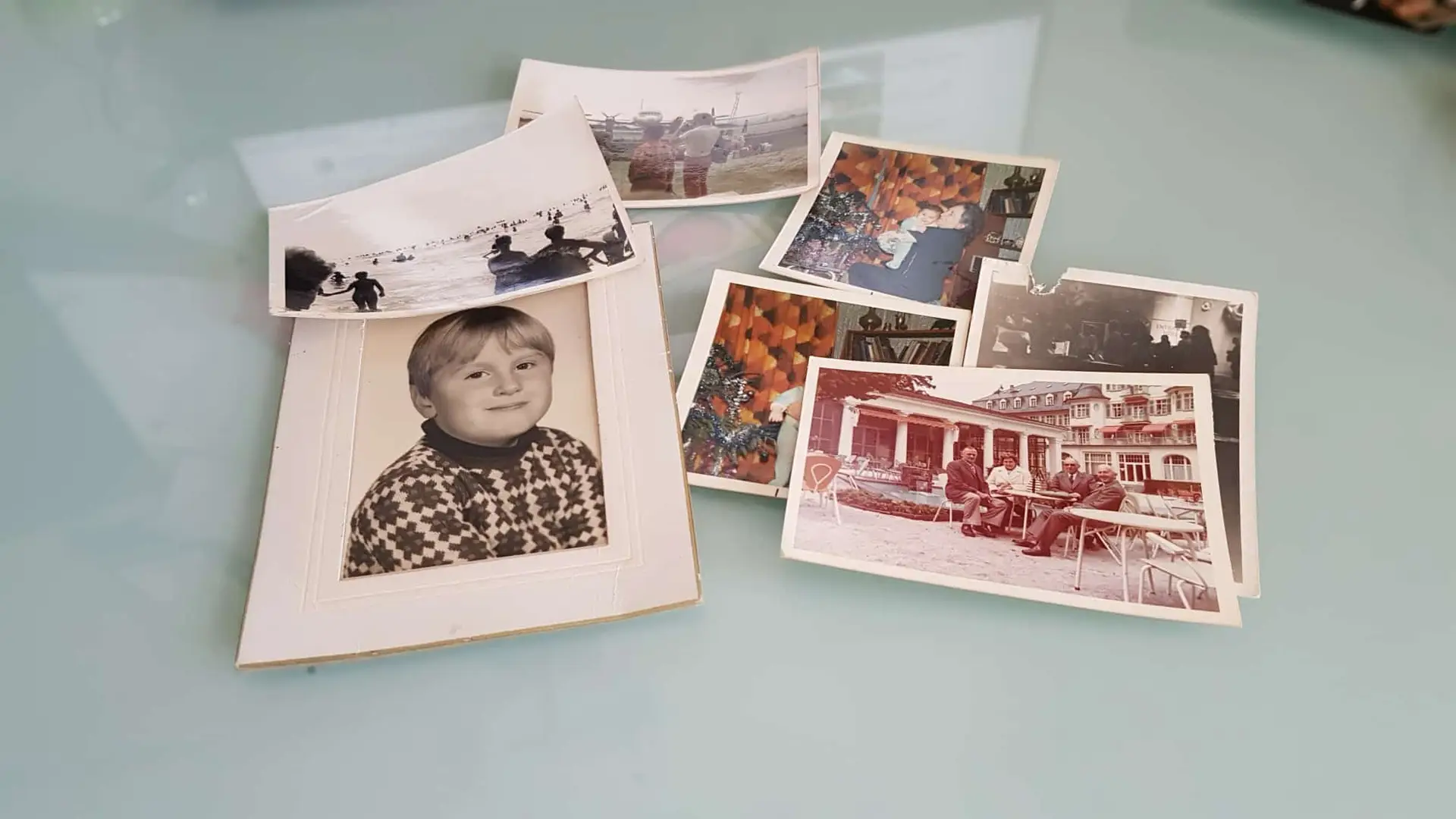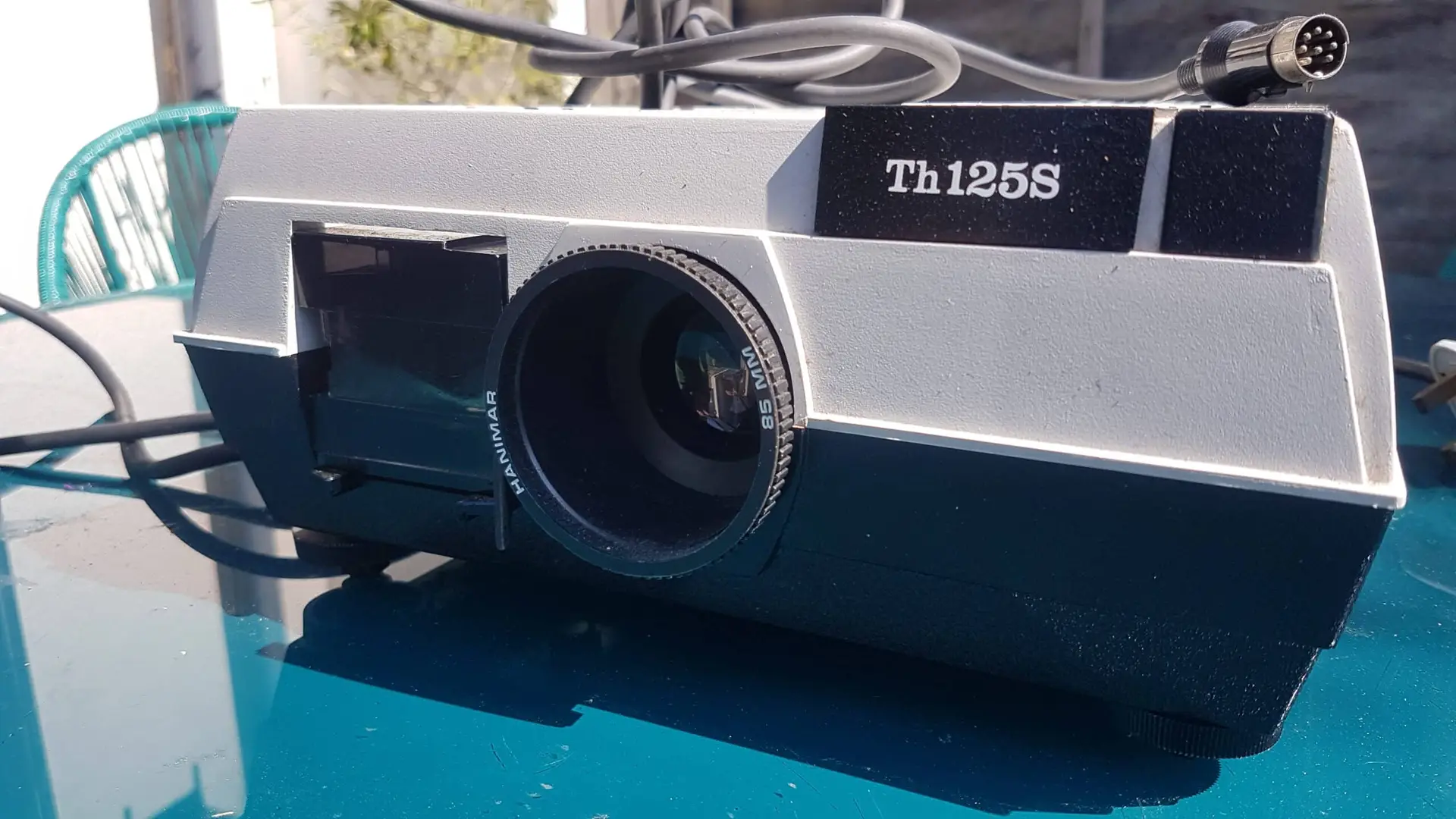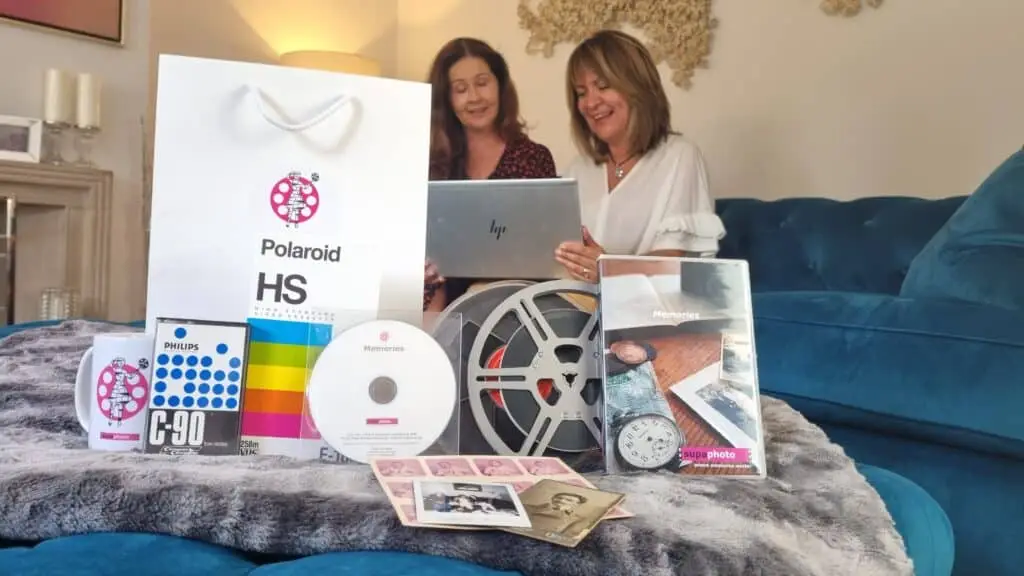In today’s fast-paced digital world, where memories are captured in the blink of an eye and stored in the cloud, it is easy to forget the beauty and significance that 35mm slides once held. These small, translucent squares were the gateways to cherished family histories, vacations, and special occasions. Yet, as technology evolved, slide projectors gathered dust, and the vibrant memories locked within those slides began to fade.
Through the process of converting 35mm slides to digital formats, we can unlock these memories, preserve them with precision, and ensure they endure for generations to come.
A Journey to Image Excellence: High-Quality Slide Scanning
Photography enthusiasts understand the incredible visual richness that 35mm slides offer. They encapsulate a wealth of detail and colour that is nothing short of stunning. To harness this potential fully and transform your slides into captivating, printed photographs, a high-quality 35mm slide scanning service is essential.
As a minimum, scans at a resolution of at least 1600 DPI (dots per inch) ensures every nuance, hue, and shade is captured. If your aspirations include large-format prints, such as 8×10 or larger, elevating the DPI will grant you unparalleled image quality. Having a greater DPI will guarantee that the intricate details, vibrant colours, and memories held within your slides are preserved in exquisite detail.
Aspect Ratio: Preserving the Composition of the Past When Converting 35mm Slides to Digital
An often-overlooked aspect of the slide-to-digital conversion process is the aspect ratio. This ratio defines the relationship between an image’s length and width, which varies among different print sizes. 35mm slides boast a classic aspect ratio of 2:3, perfectly suited for sizes like 4×6, 8×12, or 12×18. All of which share the same aspect ratio as the original slides.
However, if you plan to print your digitised images in sizes such as 5×7 or 8×10, it’s crucial to consider the aspect ratio during the resizing process. Neglecting this aspect may result in cropping, potentially removing essential details and altering the composition of your images. By paying attention to the aspect ratio, you guarantee that your printed photographs accurately represent the original slides, preserving their essence.
35mm Slides to Digital – The Quest for Print Excellence: Choosing the Right Printer
While many printers are capable of producing photographs from digital files, achieving exceptional print quality requires a printer that meets the standards set during the digitising 35mm slides process. High-end printers, though often carrying a higher price tag, offer substantial improvements in colour accuracy, sharpness, and overall image quality.
Exploring local camera shops for your printing needs can be a wise choice. These establishments often provide personalized service and access to premium-quality printers that can bring your digital images to life. Supporting local businesses creates a sense of community but also ensures that your cherished memories receive attention and care.
Conclusion: Rekindling Memories with Care and Precision
The process of converting 35mm slides to digital is a powerful way to breathe new life into treasured memories. Through meticulous slide scanning at the right DPI, vigilance concerning aspect ratios, and the selection of a printer that aligns with your digitisation standards, you can create magnificent, printed photographs. These prints not only safeguard your precious moments but also eliminate the need for extensive slide restoration.
If you are contemplating how to bring your 35mm slides back to life? Supaphoto is here to guide you every step of the way. With our expertise, your treasured slides will emerge as high-quality printed photographs. Digitisation is a great way to bring your cherished memories to life. Introducing your family and friends to memories from the past that you want to share with your loved ones. Using a digitisation service like Supaphoto is a great, hassle free and high quality way to do so. Contact us today.


